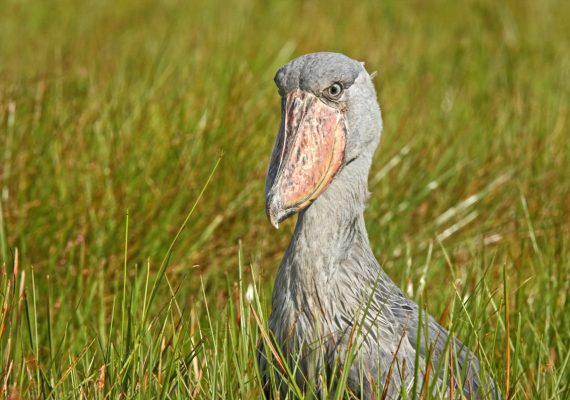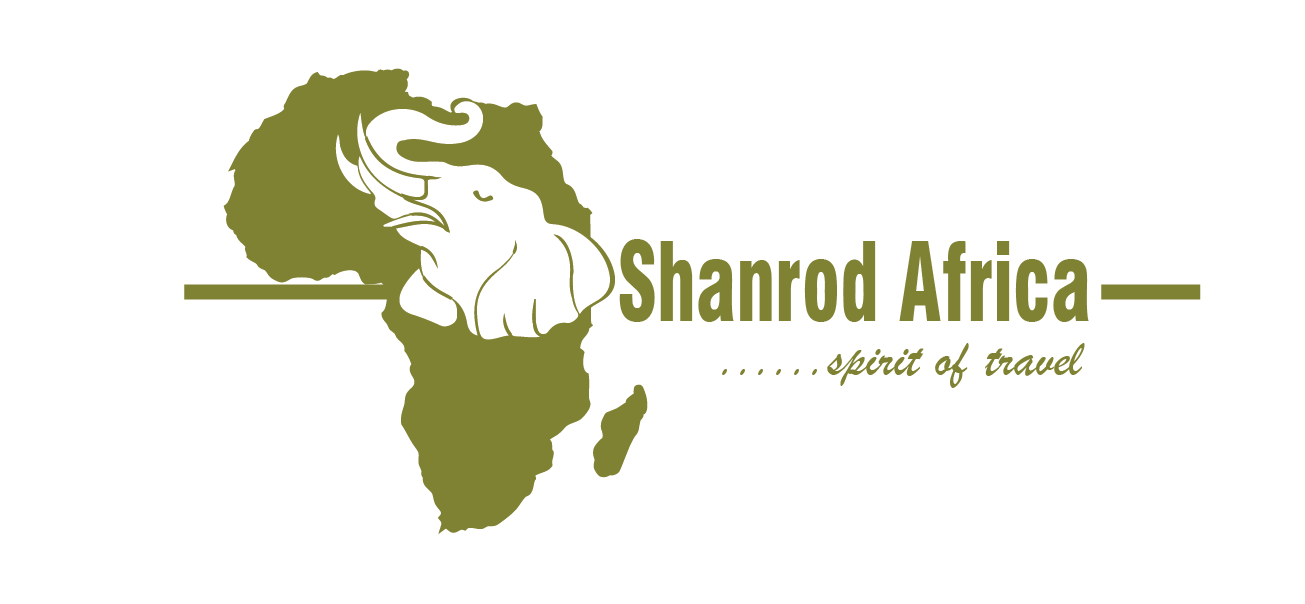Mount Otzi Forest Reserve is located on an escarpment overlooking the confluence of the Achwa river with the White Nile as it flows into Sudan. It is bounded to the north by the international border with Sudan. About half of the area can broadly be classified as a Butyrospermum wooded savanna, whilst most of the rest is Combretum savanna with undifferentiated semi-deciduous thicket. Due to the sparse population density around the reserve, as well as steep slopes and rugged terrain which limit cultivation, it is mainly intact except for light encroached enclaves, mainly at the lower altitudes.
To local people, the reserve is important for building materials, especially bamboo poles and non-timber products; it is not important for timber production. However, it is ranked highly for biodiversity conservation by the Forest Department. The forest is also important as a water catchment area
So far, 168 species of birds have been recorded and among species restricted to the Sudan–Guinea Savanna biome, Falco alopex has only been recorded at only one other site in Uganda, Kidepo Valley. This Important Bird Area (IBA) is considered one of the richer areas in northern Uganda in terms of avifauna, with mainly open-habitat and savanna woodland species.
Three restricted-range small mammals are known from Otzi, including the shrew Crocidura cyanea, formerly thought to be a southern African species. Crocidura selina, formerly known only from Mabira Forest (and categorized as endemic in Uganda with a restricted range), has also been recorded in Mount Otzi Forest Reserve.
Popular Birding Safaris



